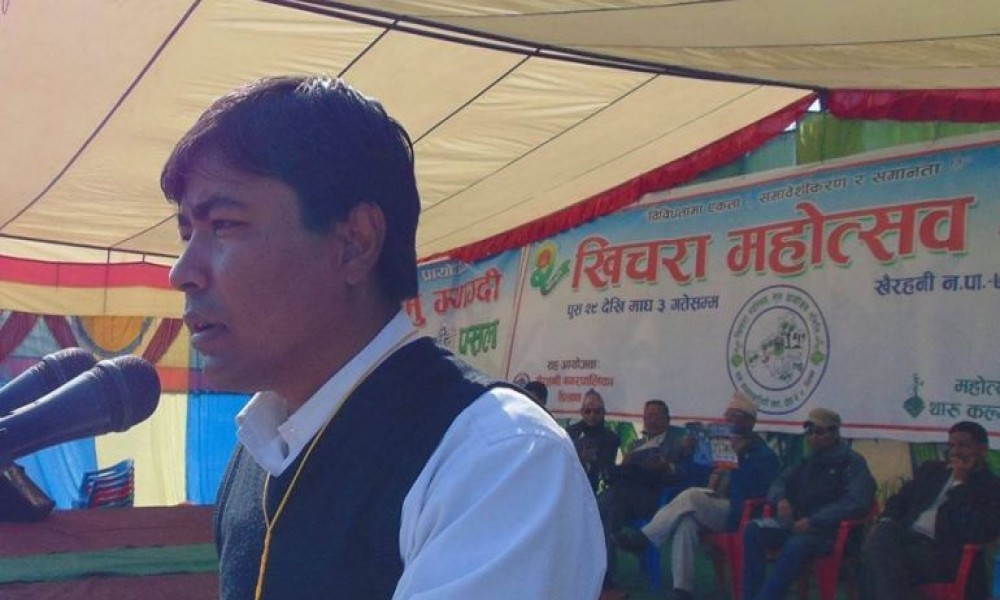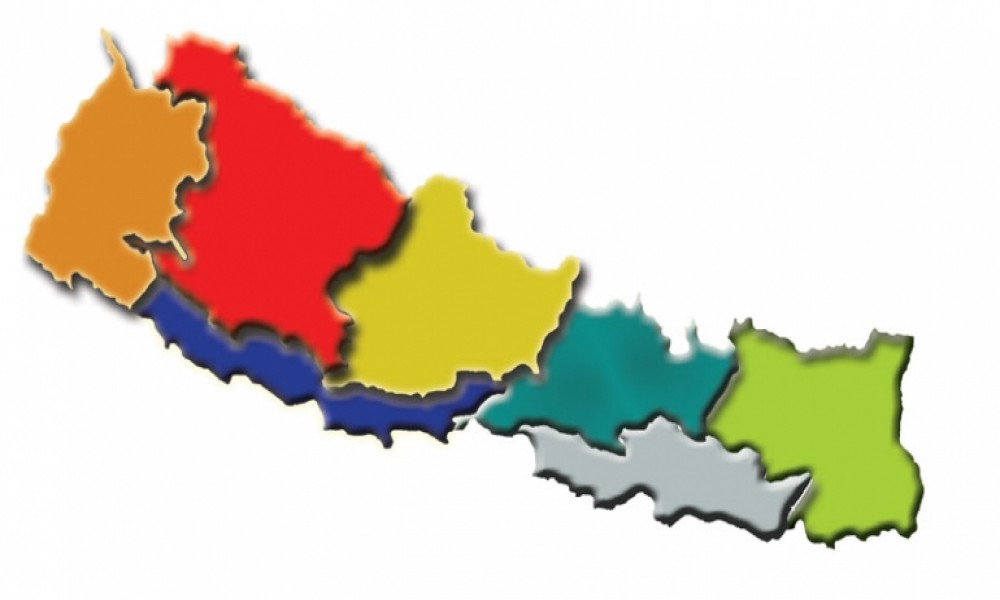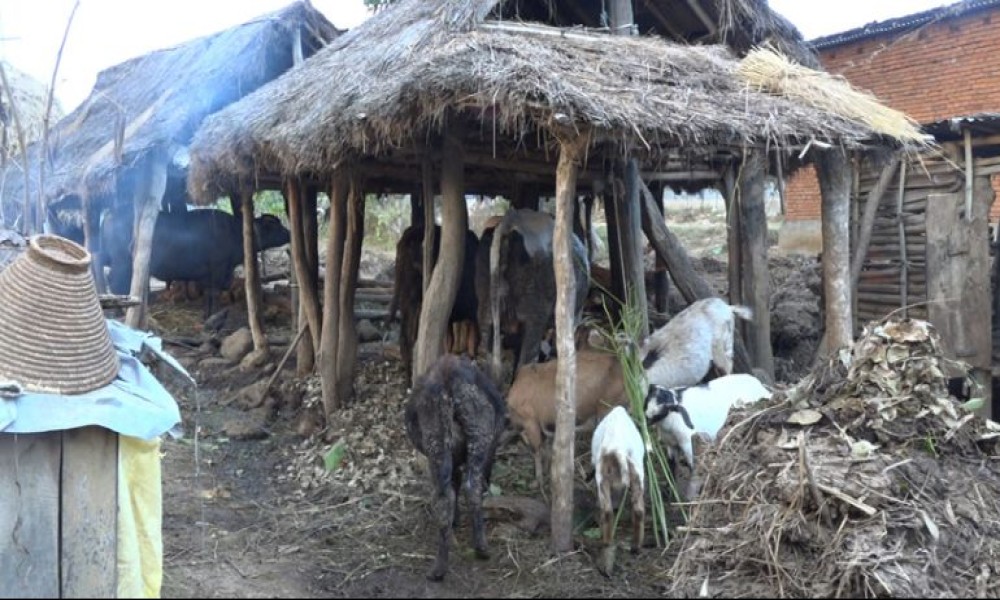Kari Mahato
Every other person is now clamoring for social harmony in the wake of the deaths of eight security personnel in Tikapu of Kailai early this week. But social harmony is a myth; it has never existed in Nepal. Because its very existence is questionable, call for its restoration is also absurd. If there is something slightly similar to harmony, it is tolerance that does exist in Nepal. It is tolerance that has so far kept social fabric intact. But harmony and tolerance are not similar; they are seemingly similarly but vastly different from each other.
Harmony is a good faith, a faith that is opposed to hurting anyone. But tolerance is enduring the pain inflicted by others. Communal harmony means respecting each other and abstaining from hurting each other. It is also about wishing and helping others to prosper. It is a very beautiful notion. On the contrary, tolerance is to put up with exploitation by the state. If social harmony means putting up with the ruling class's oppression, we want to reject that concept outright.
It seems a section of the intellectual circle wants social harmony at the cost of keeping Madhesi and Janjati oppressed. When the oppressed class raises their voice and fight for their rights, the intellectuals say harmony is at risk.
It seems a section of the intellectual circle wants social harmony at the cost of keeping Madhesi and Janjati oppressed. When the oppressed class raises their voice and fight for their rights, the intellectuals say harmony is at risk. We do not want harmony at the cost of perpetuating social injustice and exclusion.
Nepal's history is a history of constant struggle among different ethnic groups. Since the time of Baise-Chaubise rajya (22 and 24 provinces), Nepal has always witnessed one ethnic community's triumph over other. After the so-called unification of modern Nepal, one ethnic community got hold of all resources and marginalized other communities. The resource-rich community grew richer. Their hold on the state got stronger. Other communities increasingly became poorer, excluded and alienated. How can social harmony exist in such a harsh situation? If it exists, it does only from one side: the oppressed class. The ruling class has never reciprocated with equal magnanimity.
For 250 years, the oppressed class suffered all pains and sufferings in silence. Now, they have woken up and will not calm down unless they get what they deserve. But instead of listening to them, the ruling class is using social harmony as a shield to protect their hegemony.
For 250 years, the oppressed class suffered all pains and sufferings in silence. Now, they have woken up and will not calm down unless they get what they deserve. But instead of listening to them, the ruling class is using social harmony as a shield to protect their hegemony.
Until two centuries ago, the Tharus were a prosperous community. They were hard-working farmers, a self-dependant community. Where do the Tharus stand today? They are poor, used to send their daughters to work as Kamlaris until a few years ago. They too were bonded laborers. Did the Tharus lose everything they had just like that? No it is a result of injustice being done by the state to them. Is this what you call social harmony?
(The write is Editor of Sanhita magazine)









